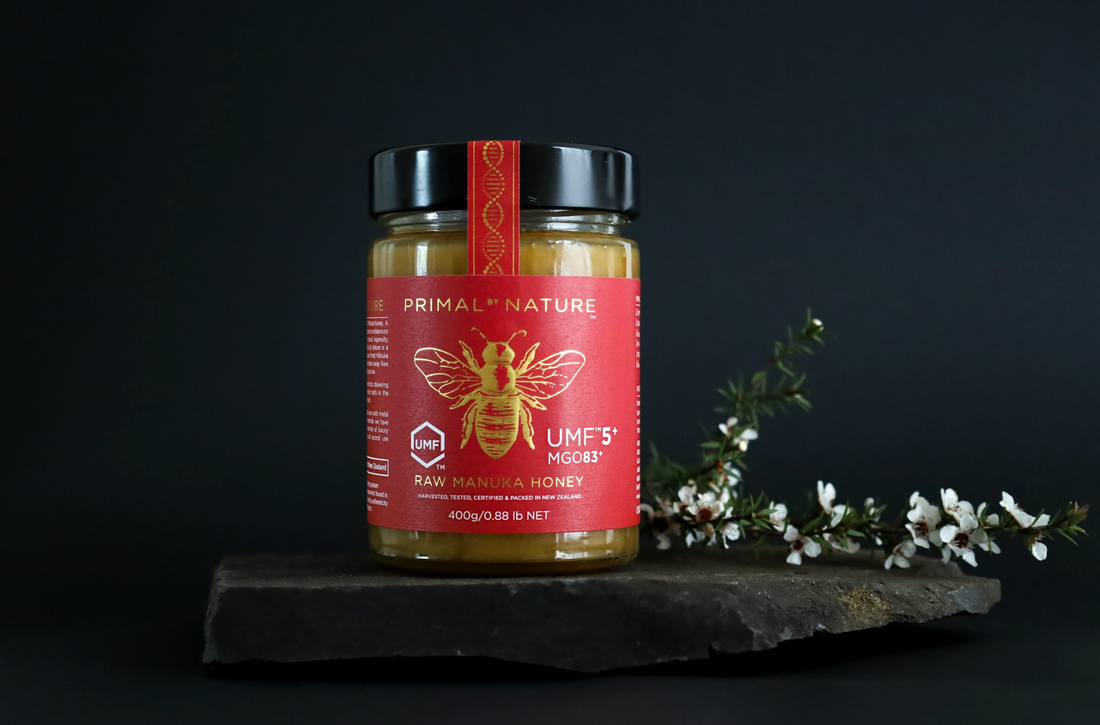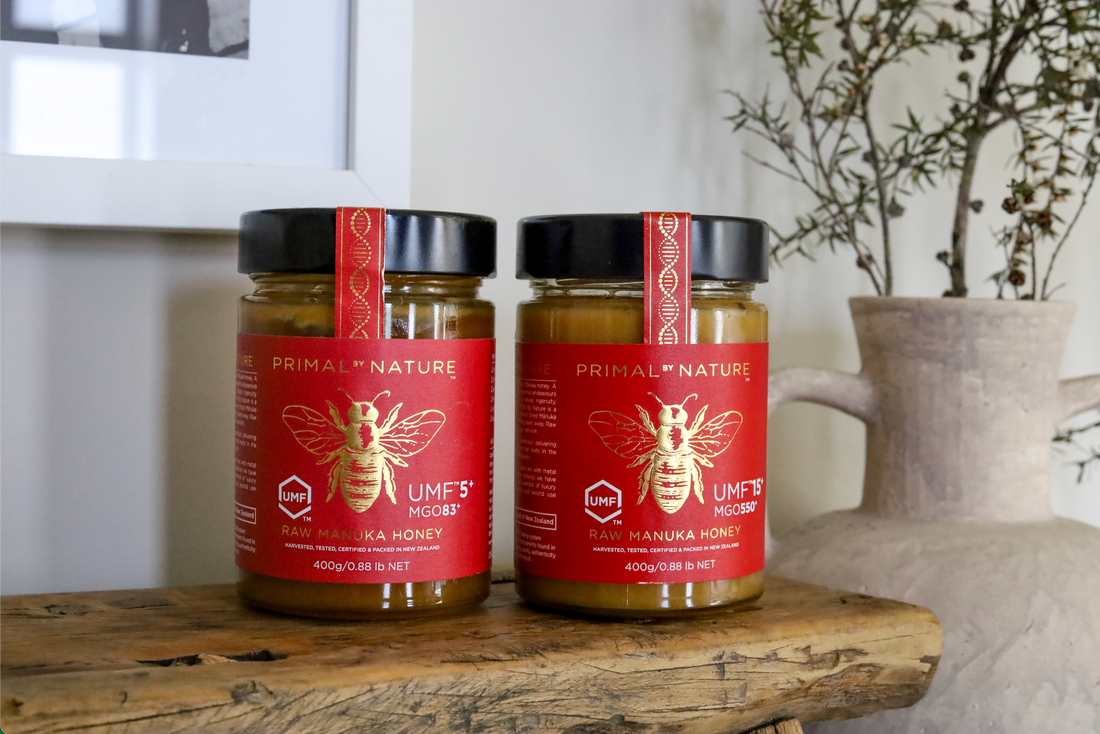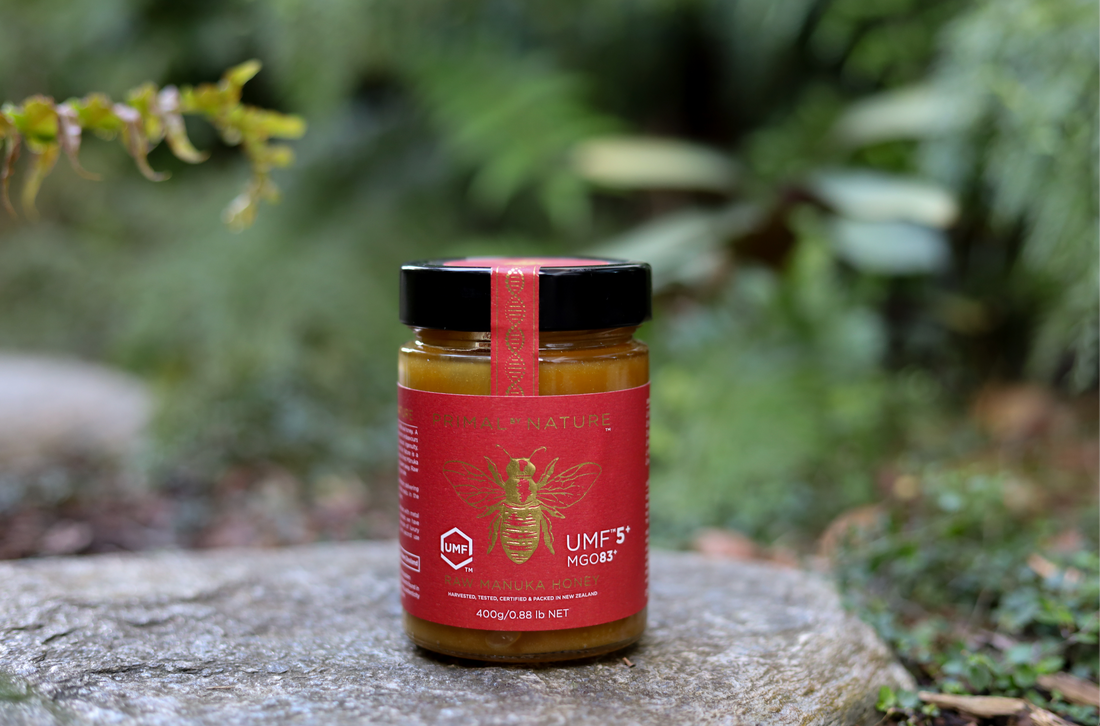The Mānuka bush (Leptospermum scoparium) is native to New Zealand and has been an important part of Maori culture for centuries. The Maori people have a deep respect for the natural environment and have used the Mānuka bush for a wide range of purposes, including medicinal, cultural, and culinary.
Since the prominence of Mānuka within Maori culture, there has been the discovery of monofloral Mānuka honey which has grown to become one of the most sought-after honey varieties in the world. This blog will go into the prominent stages of the Mānuka bush and this honey grew to become a product worth hundreds of millions of dollars.
The Early Days Of The Mānuka Bush
The Mānuka bush has long been revered by the Maori people for its healing properties. The leaves and bark of the Mānuka tree were boiled to create a medicinal tea, which was used to treat a range of ailments, including colds, coughs, and fevers. The Maori people also used the Mānuka bush to treat cuts, burns, and other wounds, as the leaves and bark were believed to contain potent antibacterial properties.
The Mānuka bush also played an important role in Maori cultural ceremonies. The Maori people believed that the Mānuka tree was a symbol of strength, and its wood was often used to make tools and weapons, such as spears and paddles. The bark of the Mānuka tree was also used to make traditional Maori clothing, such as skirts and cloaks.
In addition to its medicinal and cultural uses, the Maori people also incorporated the Mānuka bush into their cuisine. The flowers of the Mānuka tree produce sweet nectar, which was harvested by the Maori people and used to sweeten food and drinks. The Maori people also used the leaves of the Mānuka tree to wrap food, imparting a unique flavour and aroma to the dish.
When Was Monofloral Mānuka Honey Discovered?
The discovery of monofloral Mānuka honey is attributed to a chance observation by Kiwi beekeeper, Terry Bone, in the 1970s. While inspecting his hives, Bone noticed that the bees were only collecting nectar from the flowers of the Mānuka bush, rather than a variety of different flowers.
This led Bone to experiment with the honey produced from his hives and to develop a method for identifying and harvesting monofloral Mānuka honey.
Bone's discovery of monofloral Mānuka honey was further advanced by Dr Peter Molan, a biochemist at the University of Waikato in New Zealand. Molan began researching the supposed antibacterial properties of honey in the 1980s and discovered that Mānuka honey had unique properties not typically found in other types of honey.
He also found that the exciting activity of Mānuka honey was likely related to the concentration of a compound called methylglyoxal (MGO), which is found in high concentrations in monofloral Mānuka honey.
For more information on MGO, please read - ‘What Is MGO in Mānuka Honey’
The discovery of the Mānuka honey biochemical signature led to its increasing popularity for its suggested health benefits, and the subsequent demand for monofloral Mānuka honey grew rapidly.
This led to the development of the Unique Mānuka Factor (UMF™) rating system in 1998, which measures the concentration of MGO (along with several other bioactive ingredients) in Mānuka honey and provides consumers with a way to ensure the quality and authenticity of the honey.
Is Monofloral Mānuka Honey Getting More Popular?
Absolutely. The Mānuka honey industry is a relatively small industry compared to other types of honey, but it is a valuable and growing sector of the honey market.
The global retail market is valued at USD 9.3 billion in 2021 and is forecast to increase 32% by 2026, reaching USD 12.3 billion. China, the US and Germany are forecast to remain the three largest retail markets for honey, accounting for 11%, 9% and 7% of total global value.
The Mānuka honey industry provides excellent local employment opportunities for beekeepers, harvesters, and other workers, and contributes significantly to the regional economies of the New Zealand regions where the Mānuka bush grows.
Primal by Nature - Sustainably Providing 100% Pure New Zealand Mānuka Honey
Primal by Nature can deliver Mānuka honey from the rawest and most primal regions in some of the most remote New Zealand locations. We are your one-stop shop for a sustainable and natural solution. Our Mānuka honey comes in a range of UMF™ strengths.
All Primal by Nature Mānuka honey arrives at your door in recyclable glass jars regardless of the level of MGO or UMF™. We believe that our pure New Zealand Mānuka honey must be the best and should be available to consumers in the same eco-friendly packaging.
Primal by Nature eliminates the confusion surrounding Mānuka honey UMF™ grading systems and standards. As a result, you will be made aware of the different grades and be confident in buying a product that reflects an environmentally conscious brand.
Taking Mānuka honey to the next level, every Primal by Nature glass jar contains a potent primal burst of nature. To taste Mānuka honey of this stature is to embrace nature itself. So take a look at our extensive selection of Mānuka honey products and become one with nature.





